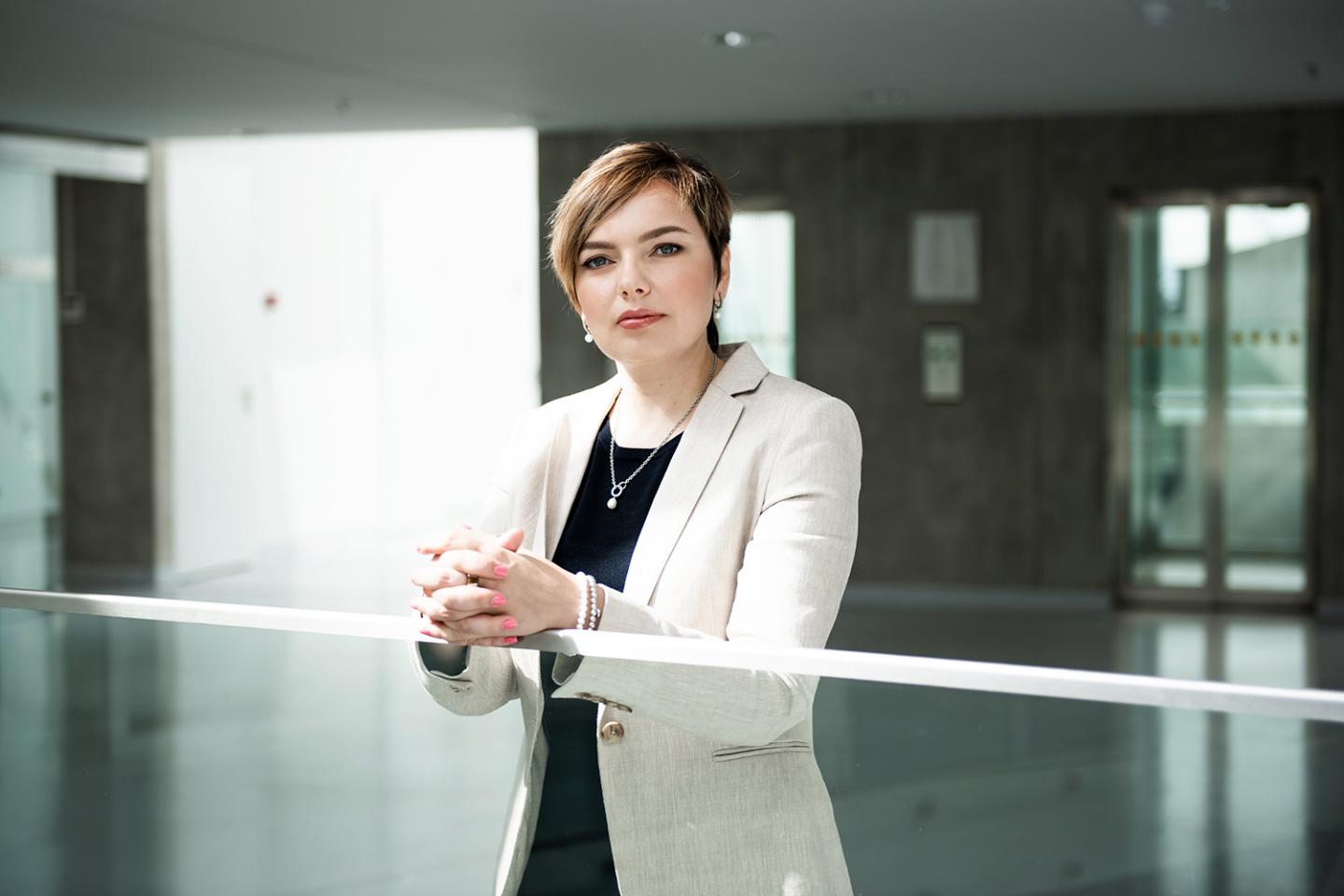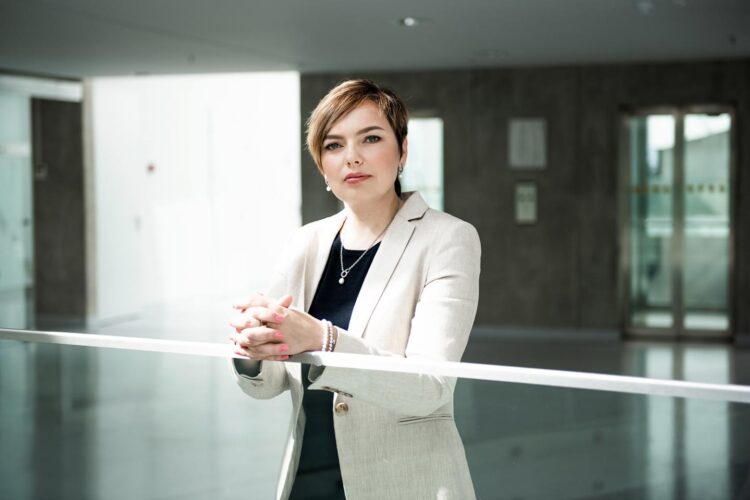After interviewing various stakeholders from public and private healthcare systems (in Lithuania and the US), researchers from Kaunas University of Technology (KTU), Lithuania designed a structure revealing added value of remote healthcare services

Credit: KTU
After interviewing various stakeholders from public and private healthcare systems (in Lithuania and the US), researchers Dr Agne Gadeikiene, Prof Asta Pundziene, Dr Aiste Dovaliene from Kaunas University of Technology (KTU), Lithuania designed a detailed structure revealing added value of remote healthcare services, i.e. telehealth. Adopting the concept of value co-creation common in business research to healthcare, the scientists claim that this is the first comprehensive analysis of this kind in the healthcare field involving two different healthcare systems.
According to the researchers, although in the US the consultations via phone with physician have been available for more than fifty years, the technological development of recent years has radically changed the concept of telehealth. Using artificial intelligence for automated diagnostics, big-data analytics, virtual visits, real-time communication with data exchange, 5G, and blockchain can make a significant impact in the prediction and prevention of various health conditions, and personalisation of healthcare services.
“Despite the increased usage of telehealth during the Covid-19 pandemics, these services are still limited. Without any doubt, telehealth usage will increase in the future as it is considered one of the very important healthcare service trends. However, partly due to the inertia of the healthcare system, which is slow to adopt technology innovations, telehealth development is insufficient”, says Dr Agne Gadeikiene, a researcher at KTU School of Economics and Business.
According to her, the acknowledgement of the telehealth added value would allow developing more precise value propositions for different stakeholders of telehealth – patients, physicians, healthcare providers, and the government.
During their research, the scientists interviewed healthcare institutions managers, heads of telehealth programmes and physicians from different clinical areas where telehealth is applied, e.g. radiology, endocrinology, paediatrics and family medicine. In total, 15 interviews were conducted in Lithuania and 10 in California, USA.
“There is clear evidence that telehealth enhances patient and physician experience. It saves time as there is no need to travel, you have a shorter waiting time to access the physician, timeless help at a better price, and more. The issue is with measuring the clinical outcomes of telehealth, but also patient and doctors experience and one of the major issues is exactly what we explore – the added value created by telehealth”, Prof Asta Pundziene says.
The research revealed that among the most commonly expressed added values for healthcare system specialists both in the US and Lithuania were: accessibility of care, convenience, timely diagnosis, cost-saving, warmer and closer relationships between the patient and physician, focus on a patient. Remote patient monitoring and monitoring after disease were indicated as added values of telehealth only among the US health service system practitioners, and patient engagement into their illness control, better quality service, convenience, learning and avoidance of mistakes, a second opinion from colleagues were among the added value dimensions indicated by healthcare system representatives in Lithuania.
“The USA can be characterised as an innovative, and Lithuania – as a conservative culture. In the United States, the healthcare system is more of collaborative nature, and private insurance companies and healthcare providers search for ways to improve, save resources and satisfy their customers better. However, both research participants from Lithuania and the USA acknowledge the added value of telehealth, and it is only a matter of time until it will become a common practice in both countries”, says Dr Gadeikiene.
Among the inhibitions to the expansion of telehealth, the researchers indicate such organisational-level obstacles as the insufficient managerial shift towards remote patient care, lack of digital training in medical schools. Adoption of digital healthcare technologies incurs additional costs. Also, there are some inhibitions towards it on the individual level, including a lack of competence in using digital technologies both from the patient and from the physician point of view.
Another cluster of obstacles is connected to reimbursement, security and liability issues. It is very difficult to bill for telehealth services, especially when they are administered at the patient’s home, which is not affiliated with the hospital. Security of connection between different patient databases, systems, platforms, and information exchange, and the trust issues between patient and physician where the latter has to rely on the patients’ provided information further complicates the telehealth advance.
“To fully realise the potential of telehealth, the deployment and transformation part is missing. This entails orchestrating the resources, establishing new processes, capturing the value of telehealth, and transforming institutions to fit the need for the new strategies, resources, processes, and more. To do this, strong leadership is needed. The case of the US demonstrates that they are more advanced due to the stronger leadership to deploy the telehealth services”, Prof Pundziene is convinced.
The scientists argue that their research is especially important for healthcare policymakers and healthcare providers’ executives, who seek to clearly understand what aspects should be emphasised for patients, physicians, and health insurance companies while promoting telehealth as a new way of achieving value-based healthcare. Also, the research can be very useful for telehealth platform developers as it provides a detailed structure of the telehealth added value that could be applied for a telehealth platform architecture. Additionally, the results of the research could be valuable for public policymakers as a source of information to justify the need and to promote the benefits of telehealth services. In this mission, the intermediary function could be passed on to the governmental organisations responsible for legal regulations.
The scientists emphasise that a strategic approach to telehealth guarantees that the investments in the development of these services are worth spending, as their outcomes are tremendous. However, they acknowledge that this should not compromise traditional service development, as it is of no less importance.
###
Media Contact
Aldona Tuur
[email protected]
Original Source
https:/
Related Journal Article
http://dx.





